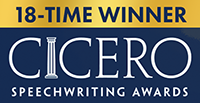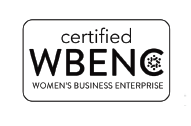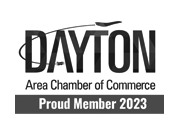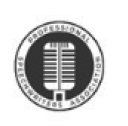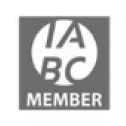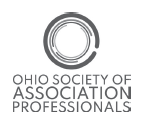Speechwriting services: Is your speechwriter in the driver’s seat?
 Executives who need speechwriting services will typically approach the engagement in one of two ways:
Executives who need speechwriting services will typically approach the engagement in one of two ways:
They’ll either have a rather clear idea of what they want to say — or they won’t, so they’ll begin by sharing ideas that are literally all over the place.
It’s the speechwriter’s job to help their speakers vet their original ideas and possibly consider others that might help them better achieve their objectives.
(After all, if you are looking for professional speechwriting services, this is exactly what you want and need, right?)
To get the best possible speech, you should expect your speechwriter to drive the process.
A colleague I’ve known for many years asked me to help him with a conference presentation. Because it was an important speech, he wanted to work with a speechwriter who could deliver professional speechwriting services.
He told me he thought he knew what he wanted to say, so perhaps I could begin by putting together “a few talking points” on his behalf.
Before he left on vacation, he emailed me: “Here’s a rough draft. This is what I think I should say.”
His rough draft was actually a John Steinbeck-like stream of consciousness treatise that — taken as it was — would have given his personal stance and perspective to his conference peers on more than a half-dozen random, unconnected topics in their industry.
Buried in his treatise, however, was a golden nugget: one with great potential for setting up him and his company as change makers in their industry.
This speaker had a REAL story to tell that would change people’s minds about how they should be doing business if they expect to compete in the future.
If we unpacked this nugget, it would make a lasting impact at the conference and be unforgettable — even actionable — to conference attendees.
I put together a framework for his remarks based on this golden nugget, plus:
- The couple of meetings we’d had
- Some research I’d done on my own
- His rough draft, which he believed to be a start in the right direction
When we met to review this framework and then discussed the new, very tightly focused direction for his speech, he was grateful for the thoughtful recasting, which had transformed his many thoughts into something much more strategic and outcomes-based.
I told him this was a classic meat-on-the-bones issue.
“You provided a lot of the meat I needed,” I said. “All I had to do was get the bones on paper so we could hang your meat on the bones.”
Once he gave the green light on the framework, I was able to flesh out the speech for him. We wrapped it up in short order — after only two drafts.
The best speechwriters delivering speechwriting services today know how to take the lead to begin building the right kind of relationships so they can collaborate deeply with the people they write for.
This collaboration may look different for each speechwriter and speaker, but in my experience, the best ideas and the best speeches come from the closest possible working relationship between speaker and speechwriter – one that’s grounded in mutual trust and respect that is earned over time.
If your speechwriter isn’t driving the process, ask yourself why.
Is it you?
Or is it your speechwriter?








